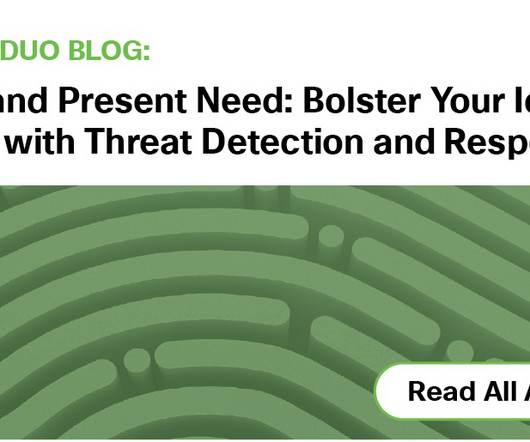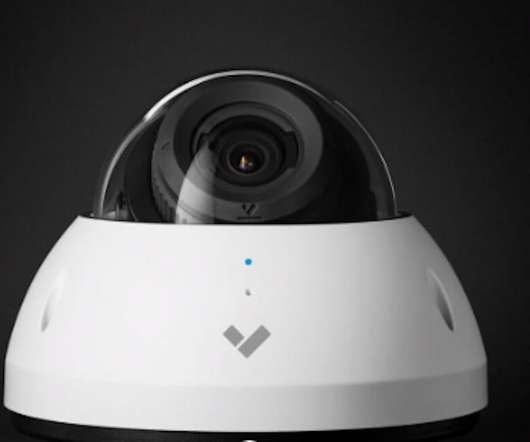8 top multifactor authentication products and how to choose an MFA solution
CSO Magazine
OCTOBER 19, 2021
Whether it’s advanced phishing techniques, credential stuffing, or even credentials compromised through social engineering or breaches of a third-party service, credentials are easily the most vulnerable point in defending corporate systems. An obvious way forward in enhancing access security is multifactor authentication (MFA).












Let's personalize your content